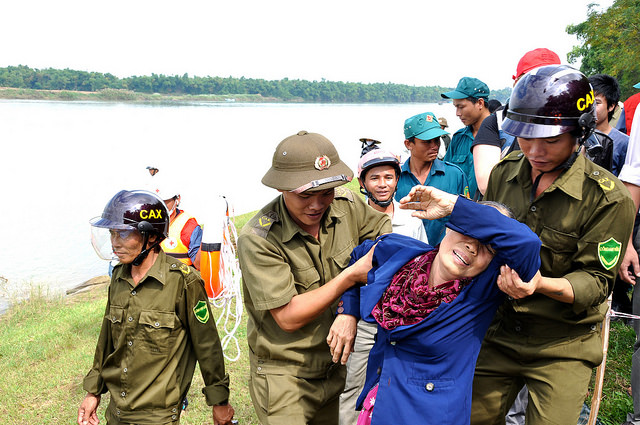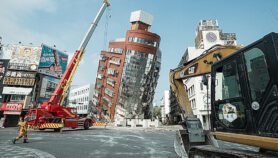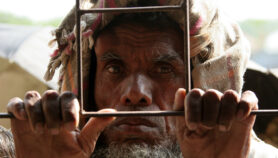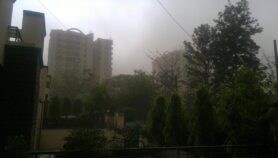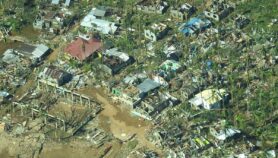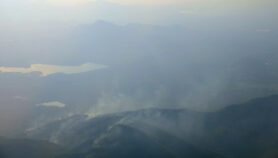By: Fatima Arkin
Send to a friend
The details you provide on this page will not be used to send unsolicited email, and will not be sold to a 3rd party. See privacy policy.
[MANILA] Villages that engage in community-based activities and cultivate strong social networks are better prepared for natural disasters in vulnerable areas.
These findings of a study, published in the journal PLOS ONE (8 July), are one of the first to provide evidence for a link between social activities and disaster preparedness and to account for “unobserved characteristics” such as risk preference and adaptability through the use of statistical methods.
“These people are not highly educated (but) when they participate in social activities and meet other people, they benefit from an exchange of information,” Raya Muttarak, a researcher at the Austria-based International Institute for Applied Systems Analysis who co-authored the study, tells SciDev.Net.
The study is based on over 500 household surveys conducted in the tsunami-prone areas of Phang Nga, Thailand, right after the 2012 Indian Ocean earthquakes. The earthquake was used as a test for disaster preparedness in the region, which has been actively creating tsunami early warning systems and disaster training programmes.
Glenn Fernandez, who studies disaster risk management systems for the Asian Disaster Preparedness Center in Bangkok, Thailand, adds that extensive social networks have proven to be useful even for educated and larger communities in South-East Asia.
He cites the mobilisation efforts of a youth council in Manila, the Philippine capital, right after super typhoon Haiyan slammed into the central part of the country in November 2013.
“Because of the social networks of the youth council and its members, they were able to mobilise volunteers very quickly by using text messaging and social media like Facebook,” he tells SciDev.Net.
Many NGOs and local schools like Ateneo de Manila and De La Salle were also able to draw on their vast social networks, including Twitter, to help with the relief effort. The Philippine Red Cross even had to turn volunteers away as they were simply too many.
“In recent years, the approach to disaster risk reduction (DRR) has increasingly become more community based in an effort to correct the defects of the top-down approach in DRR, which failed to involve the affected people in addressing their needs,” says Fernandez.
“But greater understanding of the ways individuals and organisations are interconnected and how these components share information and resources is needed to optimise social networks for building community resilience against disasters,” he adds.
Muttarak suggests that women play an integral part in these social networks.
“Women tend to be more risk averse and they also tend to maintain close social ties better than men,” Muttarak notes.
But while engaging with members of the community is important, it must be done in conjunction with larger, institutionalised efforts to prepare for natural disasters, says Muttarak.
“Some things people can do for themselves like create a family emergency plan. But some other things, which rely on scientific prediction for example, still need government intervention,” she adds.
>Link to full paper in PLOS ONE
This article has been produced by SciDev.Net's South-East Asia & Pacific desk.
References
PLOS ONE doi: 10.1371/journal.pone.0130862 (2015)


